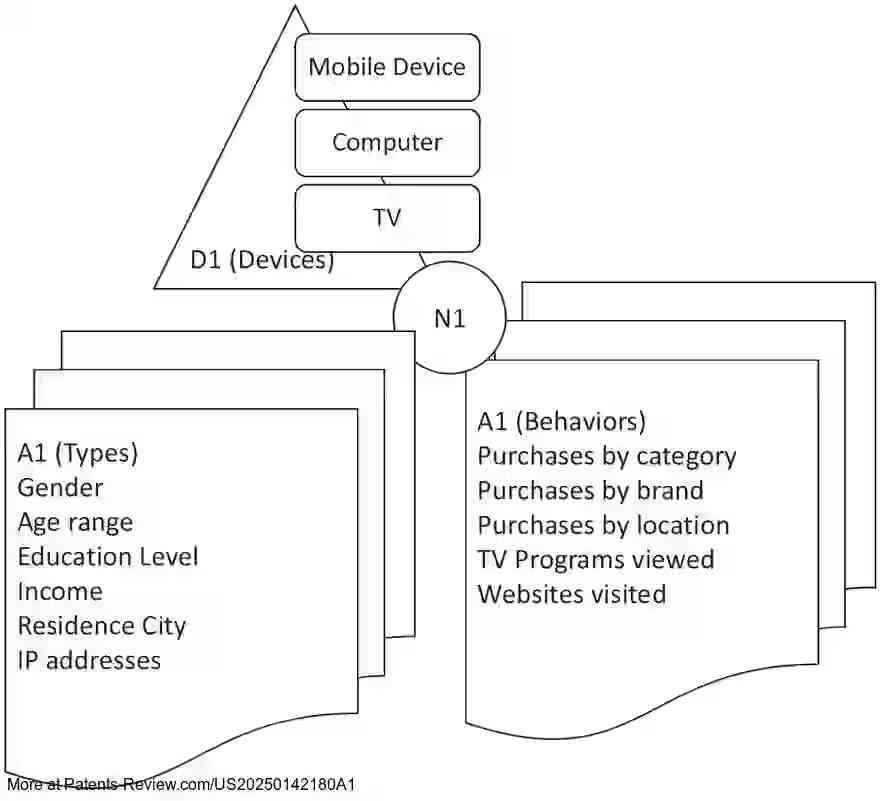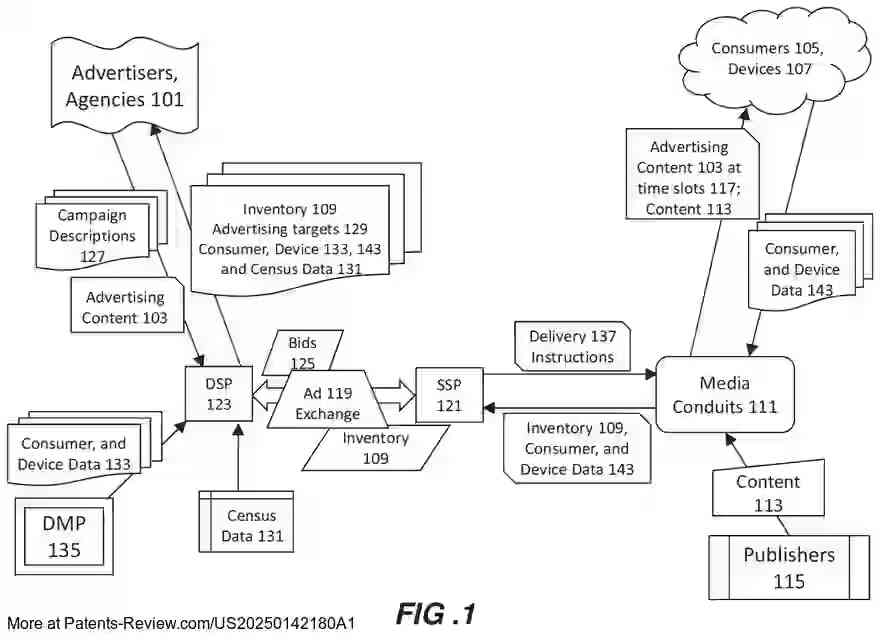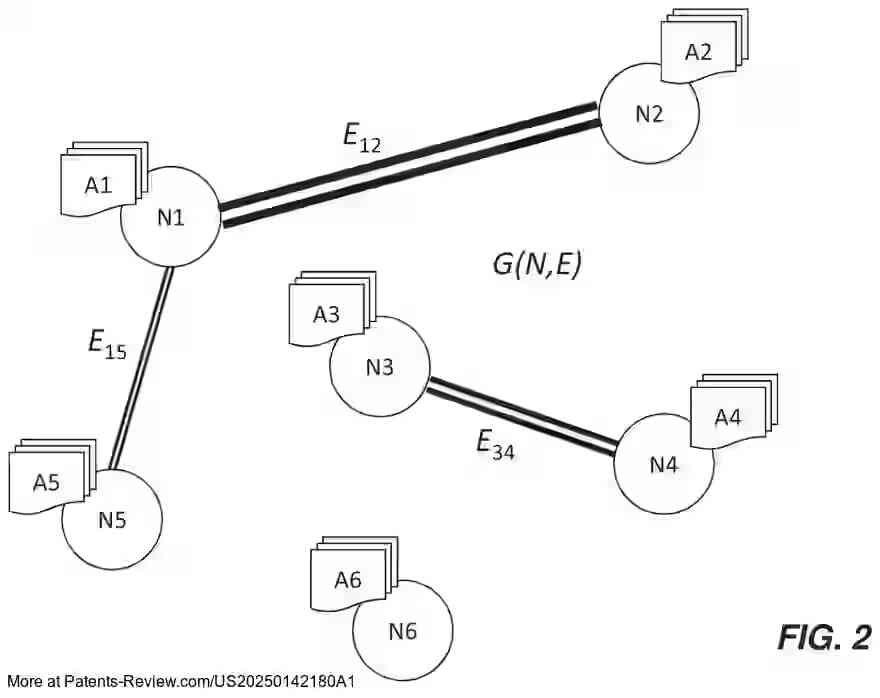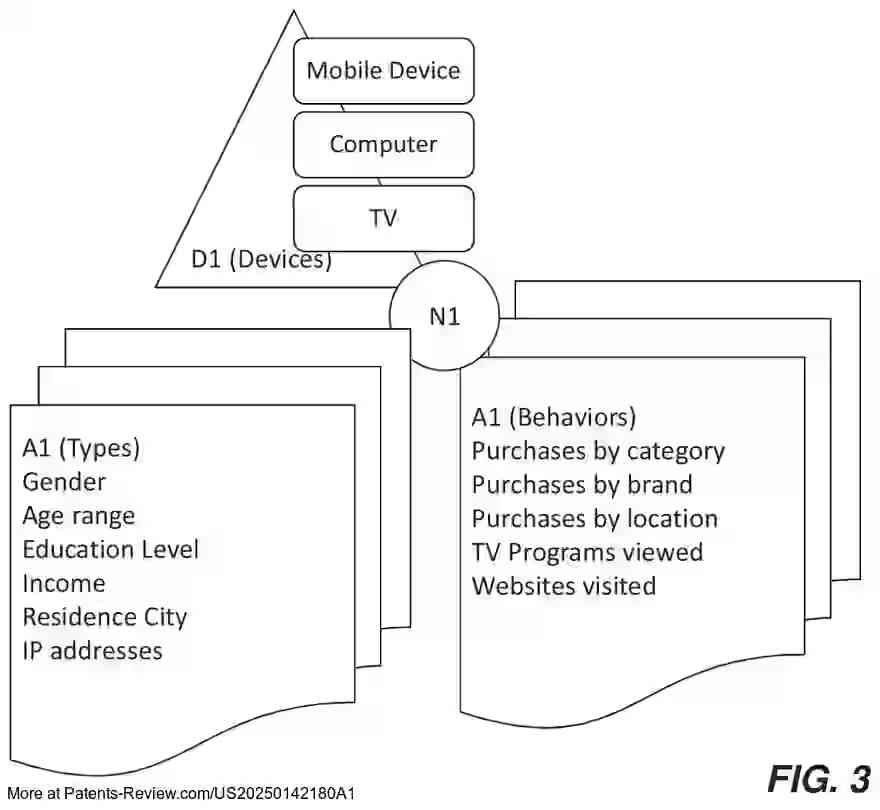SEQUENTIAL DELIVERY OF ADVERTISING CONTENT ACROSS MEDIA DEVICES
US20250142180
2025-05-01
Electricity
H04N21/812
Inventors:
Assignee:
Applicant:
Drawings (4 of 12)




Smart overview of the Invention
The invention pertains to the strategic delivery of advertising content in a sequential manner across multiple media devices. This approach shifts from traditional single-series advertising to a storytelling format, allowing campaigns to unfold over several sessions and devices. For instance, a campaign could begin on a mobile phone, progress on a desktop browser, and conclude on an OTT device. This method provides advertisers with sophisticated targeting and scheduling capabilities, enhancing the precision of their campaigns.
Background
Video advertisements are complex and costly, with delivery across various platforms adding to this complexity. Traditional TV advertising slots are premium spaces, and the addition of online media only complicates the coordination required for effective ad delivery. Advertisers must now navigate a more intricate media landscape, requiring advanced technological solutions that surpass human capabilities in speed and factor consideration. The goal is to maintain consumer engagement with relevant and interesting content throughout an advertising campaign.
Challenges
Advertisers face several hurdles, such as siloed media conduits that limit cross-platform campaign coordination and difficulty in tracking individual viewer interactions across different devices. Current tools provide limited insights into viewer behavior, often relying on inferred data rather than precise tracking. This results in inefficient ad placements where some consumers are overexposed to the same content while others miss out entirely. The lack of integration between platforms like Facebook and TV providers further complicates cohesive campaign execution.
Technological Advances
The rise of Smart TVs offers new opportunities for more accurate audience measurement compared to traditional methods like Nielsen ratings. Smart TVs provide richer data and can potentially integrate with other consumer information, offering a more comprehensive understanding of viewer engagement. However, online platforms like Google do not have access to Smart TV data, leading to divergent advertising strategies across digital and traditional media.
Solution
The disclosed technology addresses these challenges by optimizing the placement of advertising sequences across various devices using computer-driven methods. This includes apparatuses and processes specifically designed for video content in both online and TV media environments. By leveraging advanced computing capabilities, advertisers can deliver more effective campaigns that are tailored to consumer behaviors across different platforms, ultimately improving engagement and campaign success.